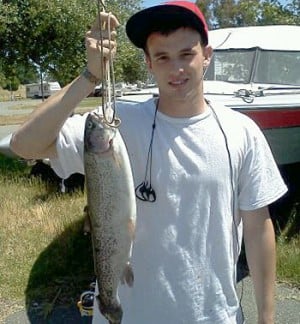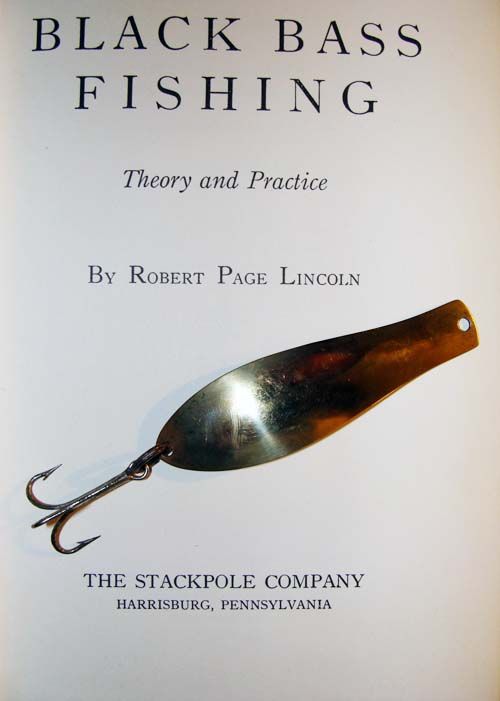
Books like this rarely get published these days, and that isn't just a shame--its a damn shame. There was a time fifty or more years ago when books like this would have been published several times a year, and one could fill in the gaps between good fly fishing writings by gleaning the pages of Field & Stream, Hunting & Fishing, and National Sportsman for the latest exploits of Lee Wulff or Ray Bergman.
No more, at least when it comes to magazines. However, a few writers like Dollosso and fellow Californian John Parmenter have sought in recent years to resurrect these autobiographical fly fishing epistles that so many of us devoured in years past.
Dollosso's path to fly fishing was not easy. Growing up in a tough part of San Francisco, where most of the stories take place, he took to fly fishing early -- or perhaps it's best to say that fly fishing took him early. All the evidence one needs to support this particular theory can be found in the chapter "Dan Bailey's Vest," a charming story about Dollosso as a young man and the expensive fly angler's vest he purchased with the kind of toil and sacrifice only a teenager who's friends were tossing rocks in the river and cracking wise with the girls while he was delivering papers can understand. He writes of his beloved Dan Bailey vest:
It is safe to say an angling accoutrement is not quite like, or as sentimental as, that first kiss, or that first love. Yet it does have meaning, like a long life, or hope. Pass it on.
Aspiring fly angling writers take note. This is how you write without pretense about a sport all too full of pretentious snobs.
I could go on, about his take on opening day, about the peculiar Italian-American community in San Francisco where he came of age, of his tough childhood that keeps pulling him back like a magnet, helping him to make sense of the present and the man that he became. But that would be spoiling it, and Dollosso is a writer who should be read in a comfortable chair on a quiet evening when the kids are sleeping over and the spouse has gone to bed. In a perfect world, you would have a hunting dog curled up at your feet and a double finger of a single malt by your side.
(Just so you don't think I'm a pretentious snob, while reading this book I had a half-Australian cattle dog/half long haired dachshund rescue dog snoring away on the couch next to me, and a glass of orange juice to drink. True story.)
If you like writing in ALL CAPS, strings of expletives in place of descriptive dialogue, gratuitous "grip and grin" fishing photos and other tropes of the internet generation of fly angling scribes, I'm afraid you probably won't like Art Dollosso's writing. Too each their own. But if you're looking for a book that deftly melds autobiography, history, fly fishing, and the meaning of life, than you will love Where Trout Sing.
It's been a really good couple of years for books like this, but we who love this kind of writing should not become overconfident. We should celebrate every single time a book like Where Trout Sing gets into print. They are too few and far between to grow complacent.
Art Dollosso is a great story teller and has written a charming book that transcends its California setting.
This hardcover (with dust jacket) book is privately published and is 163 pages in length. It has a brief foreword by fly fishing icon Russell Chatham, and is available exclusively through Jim Adams at Adams Angling in San Francisco. The price is $24.95 and Jim offers free shipping. You can contact him at the link above or by calling 510-849-1324.
-- Dr. Todd
























